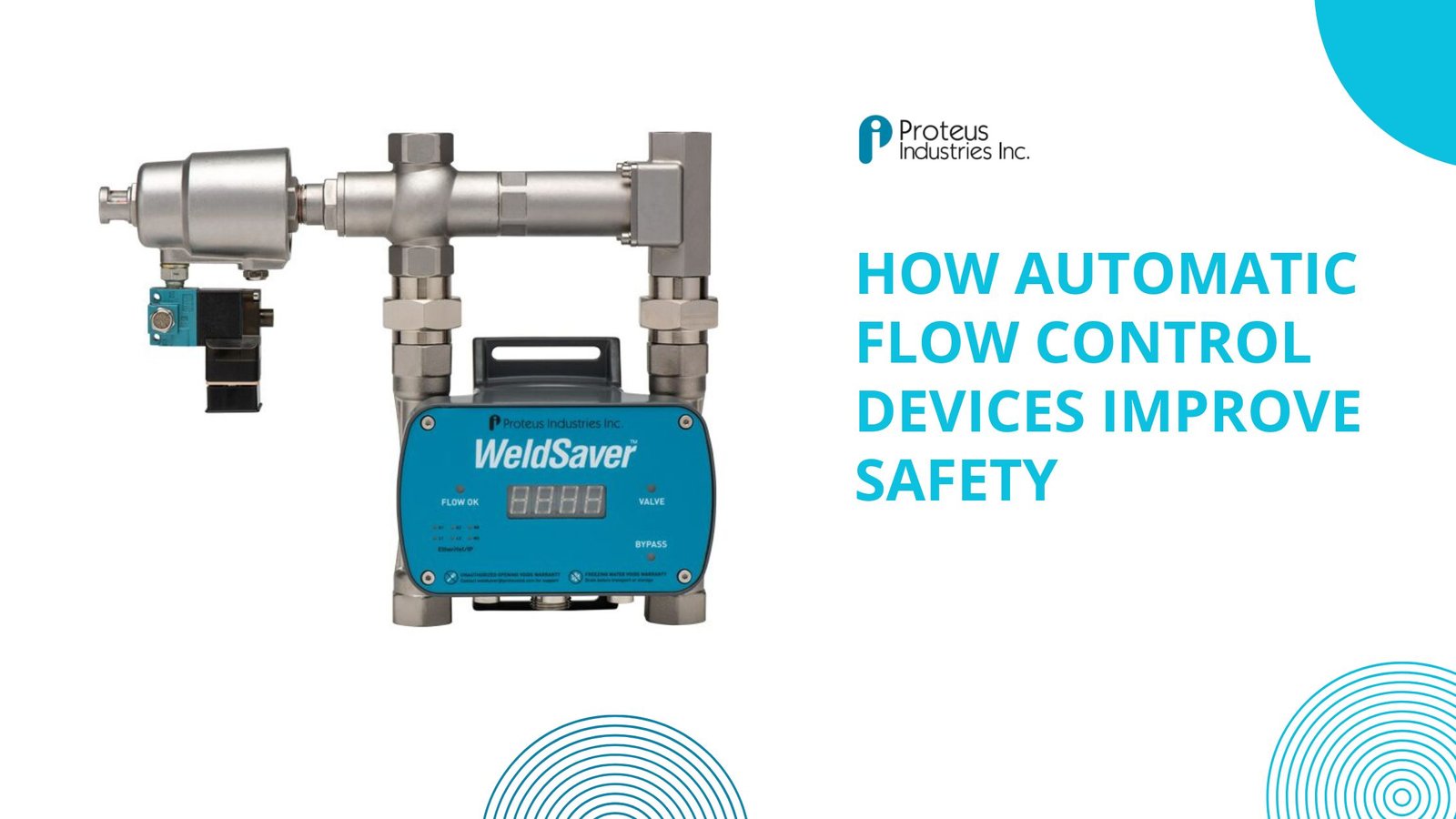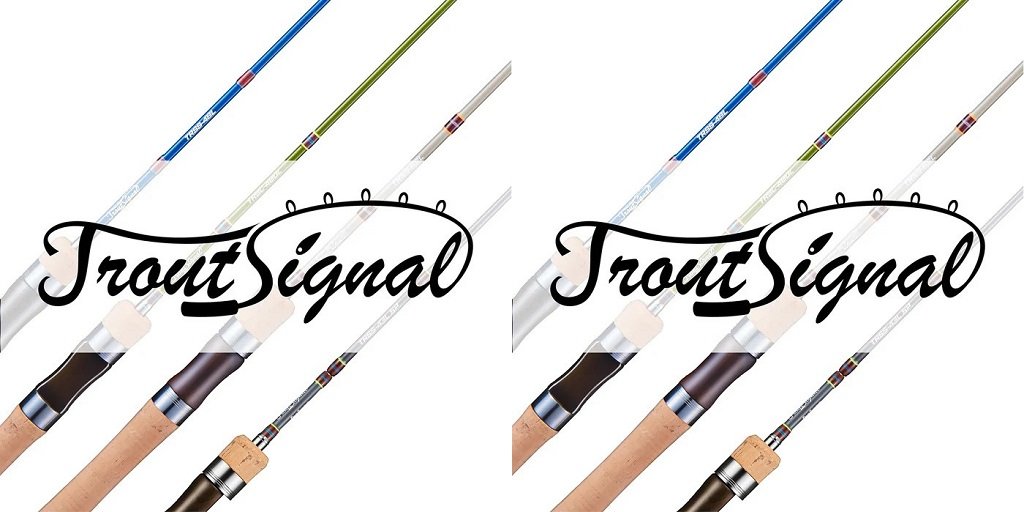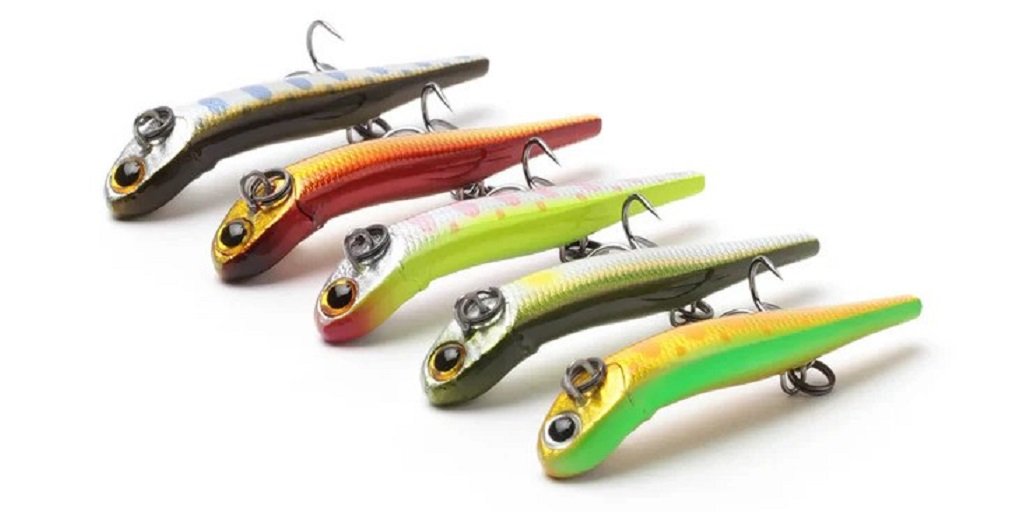Thinking of start a small printing business? You’re not alone. Despite living in a highly digital world, the demand for physical print products—like business cards, flyers, banners, t-shirts, mugs, and customized packaging—is still very strong. If you’re looking to tap into this industry, there’s good news: starting a printing business today doesn’t necessarily require massive capital or a commercial warehouse. With the right strategy and tools, you can begin from home and scale as you grow.
Let’s walk through a real-world, step-by-step guide to starting a small printing business in 2025.
1. Understand the Printing Industry Landscape
First things first: not all printing businesses are the same. There are multiple niches, each with different equipment needs, profit margins, and customer bases. Here are a few examples to help you narrow your focus:
-
Commercial Printing: Flyers, business cards, letterheads, brochures.
-
Apparel Printing: T-shirts, hoodies, tote bags using heat transfer, DTG (Direct-to-Garment), or screen printing.
-
Promotional Products: Mugs, phone cases, mouse pads, etc.
-
Large Format Printing: Banners, posters, signage.
-
Packaging Printing: Custom boxes, labels, and stickers.
The key here is to niche down when starting out. You don’t need to offer everything. Focus on one or two product types that you can master, market, and deliver well.
2. Choose Your Business Model
There are three popular models in the printing business:
a. Home-Based Printing
You buy your own printer(s), raw material, and fulfill orders yourself. It gives you more control and higher profit margins but also demands space and time.
b. Outsourced/White Label Printing
You focus on designing and marketing while a third-party supplier prints and ships the product. Print-on-demand services like Printful, Printify, and Gelato fall under this.
c. Hybrid Model
Start outsourced and gradually invest in your own equipment as your order volume grows.
Tip: For beginners with limited capital, starting with the white-label model allows you to test the market without heavy investment.
3. Set Up Your Business Legally
Before you start accepting orders, make your business legit:
-
Register your business name (check for domain availability if you’re also launching a website).
-
Choose your legal structure: Sole Proprietorship, LLC, etc.
-
Apply for a business license in your city or state.
-
Get a sales tax permit, if required.
-
Open a business bank account for clean accounting.
This is not just for tax purposes—it also helps build trust with customers and suppliers.
4. Purchase the Right Equipment
The exact tools you need depend on your niche. Here’s a rough breakdown:
-
For T-shirt Printing: Heat press, vinyl cutter, DTG printer or screen printing setup.
-
For Paper Products: Laser or inkjet printer, paper trimmer, laminator.
-
For Large Format Printing: Wide-format inkjet printer, plotter cutter.
-
Other Essentials: Computer, design software (Adobe Illustrator, Canva Pro, or CorelDRAW), packaging material.
Start small. You don’t need the most expensive setup to begin with. Invest in reliable mid-range equipment and scale gradually.
5. Create a Professional Online Presence
No matter how small your business is, your customers will look you up online.
Here’s what you need:
a. A Website (WordPress + WooCommerce)
If you’re serious about this business, avoid free website builders. Instead, get a domain, choose a reliable managed WordPress hosting provider (like Rocon), and install WooCommerce. It gives you full control over product listings, payments, and SEO.
b. Social Media Pages
Set up business profiles on Instagram, Facebook, and Pinterest. Post your designs, client reviews, behind-the-scenes printing videos, etc.
c. Online Marketplace Listings
You can also create storefronts on Etsy, Amazon Handmade, and eBay to expand reach early on.
6. Design Matters: Invest in Good Visuals
Whether you’re designing your own graphics or offering client-submitted designs, visuals matter. Poor designs won’t sell.
-
Use mockup tools to showcase products professionally.
-
Use Canva Pro, Adobe Suite, or hire freelance designers on Fiverr or Upwork.
-
Offer customization options—especially for apparel, business cards, and gifts.
If you’re not a designer, no worries—many successful printing business owners partner with graphic designers or use pre-made templates and adapt them.
7. Market Your Printing Business Smartly
Marketing is what will separate you from the sea of competitors. Here’s how to get attention in 2025:
-
Instagram Reels & TikToks: Showcase how your products are made and the unboxing experience.
-
Google My Business: If you’re local, claim your business listing.
-
Facebook and Google Ads: Target local businesses, startups, schools, or event organizers.
-
Email Marketing: Start building a list from day one and offer exclusive discounts or seasonal offers.
-
SEO: Use local SEO strategies to target terms like “custom t-shirt printing in Naperville” or “business card printing near me.”
8. Start Taking Orders (and Deliver Excellence)
At the beginning, it’s not about profit—it’s about reputation.
-
Be transparent about delivery times.
-
Use branded packaging, thank-you notes, or coupons to build loyalty.
-
Ask for reviews and referrals. Word-of-mouth still works wonders.
If you’re outsourcing fulfillment, make sure to check print quality and shipping reliability before fully depending on any vendor.
9. Scale Your Business Strategically
Once you’re getting consistent orders and revenue:
-
Invest in more equipment for faster turnaround.
-
Hire part-time staff or designers.
-
Add more product types.
-
Attend local business expos or craft fairs to network.
You can also target B2B clients like gyms, schools, restaurants, and startups who need bulk printing services and often reorder.
10. Common Mistakes to Avoid
-
Trying to offer every product at once: Start niche, grow wide.
-
Ignoring customer service: In printing, timely responses and transparency are everything.
-
Skipping quality checks: Even outsourced prints should be monitored.
-
No online presence: A website and social proof are non-negotiables in 2025.
Final Thoughts: Start a Small Printing Business
Start a small printing business is a smart move in 2025—especially if you’re creative, organized, and understand your audience. Whether you’re selling printed mugs from your kitchen or launching a niche t-shirt brand, the path to profitability starts with a clear focus, smart marketing, and great customer experience.
You don’t need to start big. You just need to start right.













Leave a Reply